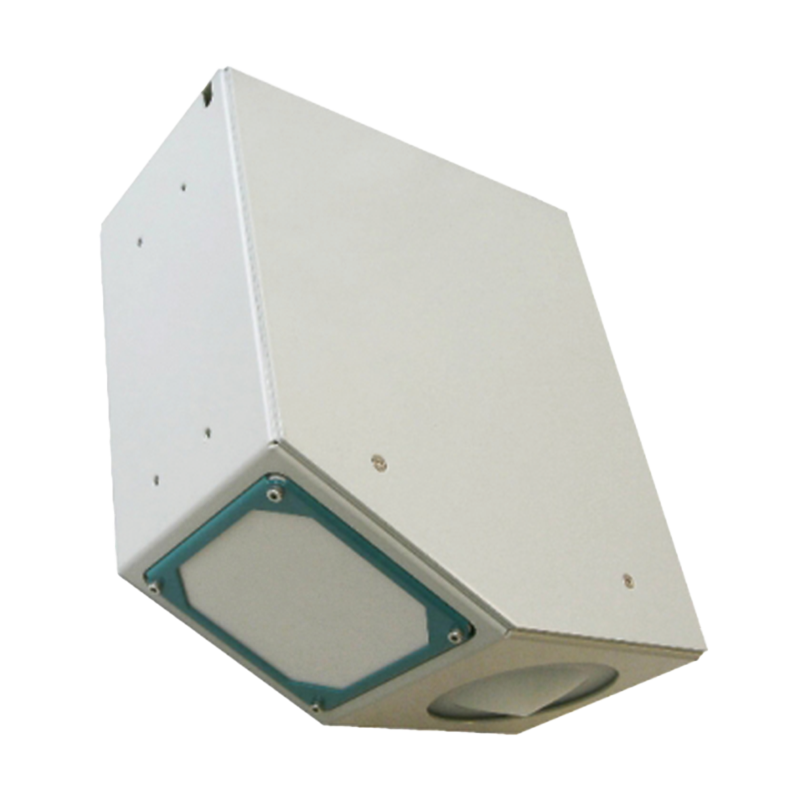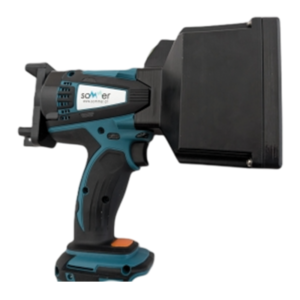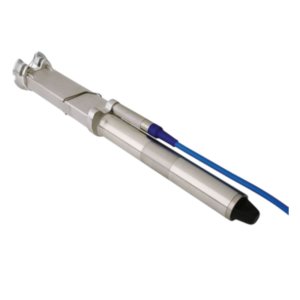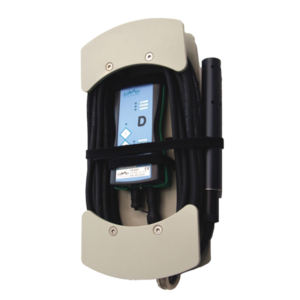
NON-CONTACT DISCHARGE RADAR RQ-30 / RQ-30A
NON-CONTACT DISCHARGE MEASUREMENT BY MEANS OF RADAR TECHNOLOGY FOR OPEN RIVERS
The RQ-30 is a sensor for continuous discharge measurement of rivers, open channels, and canals with known cross-section profiles. The sensor uses innovative radar technology to measure velocity, water level, and discharge. It enables reliable, non-contact measurement without the need for structural work in the water.
FEATURES AND ADVANTAGES
- Non-contact, maintenance-free measurement system
- No structural work is necessary for the water
- No threat to the system through flooding
- Low power consumption enables operation using solar cells
- Recognition of flow direction
- Measuring range 0.08 … 16 m/s (depending on the flow conditions)
- Recognition of hysteresis-effects
- Measurement in backwater situations
- Measures even where weed growth prevails and the sensor is not affected by turbidity
- Measurement in tidal waters
- Automatic angle measurement
- Optional (RQ-30a): analog outputs from 4 to 20 mA
FIELDS OF APPLICATION
The RQ-30 enables discharge measurement for rivers, streams, open channels, and canals for which continuous monitoring is desired. Thanks to the non-contact radar technology the measuring equipment is not susceptible to contamination, debris, or driftwood in the water. Furthermore, the non-contact measurement warrants very low maintenance and fail-safe operation, especially during high water or flooding.
IMPLEMENTATION
The sensor can be simply mounted on bridges, on the roofs of closed canals or on channel superstructures. The bed of the water should be as stable as possible in order to warrant consistent measurement. A visible swell must be evident on the surface of the water.
MEASURING PRINCIPLE
The non-contact radar technology determines the water surface flow velocity using the Doppler frequency shift method and furthermore, the water level is established by a travel time measurement. With a known cross section profile the discharge Q of the water can then be calculated on the basis of the continuity equation: Q = vm · A (h)
TECHNICAL DETAILS
GENERAL
- Dimensions 338 mm x 333 mm x 154 mm
- Total weight 5.4 kg
- Protection class IP 67
- Power supply 6 … 30 V
- Power consumption at 12V standby approx. 1mA; active operation approx. 140mA
- Operating temperature -35 … 60°C
- Miscellaneous over-voltage protection, reverse power protection, lightning protection
WATER LEVEL MEASUREMENT
- Measurement range 0 … 15 m standard version / 0 … 35 m extended version
- Resolution 1 mm
- Radar frequency 26 GHz (K-Band)
- Radar opening angle 10°
VELOCITY MEASUREMENT
- Measurement range 0.08 … 16 m/s (depending on flow conditions)
- Accuracy +/- 0.01 m/s; +/- 1 % FS
- Resolution 1 mm/s
- Direction recognition +/-
- Measurement duration 5 … 240 sec.
- Measurement interval 8 sec. … 5h
- Measurement frequency 24 GHz (K-Band)
- Radar opening angle 12°
- Distance to water surface 0.50 … 35 m
- Necessary minimum wave height 3 mm
AUTOMATIC VERTICAL ANGLE COMPENSATION
- Accuracy +/- 1°
- Resolution +/- 0.1°
INTERFACE
- Analogue Output (RQ-30a) 4 x output 4 – 20 mA for water level, velocity, discharge, and AUX
- Digital Interface 1 x SDI-12; 1 x RS 485 or Modbus
- Transfer rate: 1.2 to 115.2 kBd
- Protocol: various ASCII-protocols
- Output: water level, velocity and discharge, quality parameters





